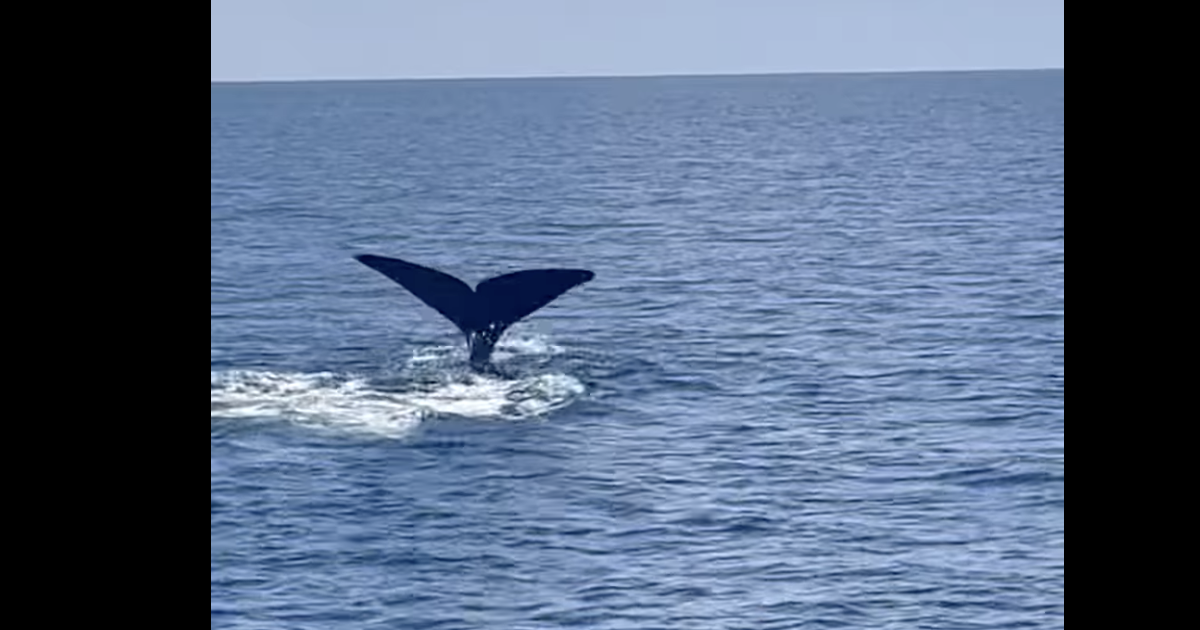Officers with the United States Coast Guard captured video footage over the weekend of one of the most endangered whales on the planet, after encountering three of the creatures off the Louisiana coast in the Gulf of Mexico.
The footage shows three Rice’s whales, enormous members of the baleen whale family that have been seen in the northeastern Gulf of Mexico, marine wildlife officials say. The National Oceanic and Atmospheric Administration estimates that there are likely fewer than 100 Rice’s whales left in the world.
“CRITICALLY ENDANGERED SPECIES SIGHTING: Station Venice presents to you……. Rice’s Whale,” the U.S. Coast Guard station in Venice wrote onFacebookSunday, captioning a 16-second video of the whales swimming nearby.
“It is thought there is less than 100 individuals of this species remaining,” the Coast Guard said.
Coast Guard officers from the agency’s Venice station spotted the whales while on a Living Marine Resource patrol, an operation meant to manage and protect fish and other marine resources, in the Mississippi Canyon, a spokesperson for the U.S. Coast Guard said, according to the Miami Herald. What they initially believed to be large pieces of floating debris turned out to be three Rice’s whales, estimated to measure about 25 feet long, according to the newspaper.
CBS News contacted the U.S. Coast Guard for confirmation and more details but did not receive an immediate reply.
The Mississippi Canyon is a sprawling underwater canyon located in the north-central part of the Gulf of Mexico, south of Louisiana. The Coast Guard’s recent sighting in that area came after another by researchers with the National Oceanic and Atmospheric Administration over the summer. That sighting also happened in the Gulf of Mexico, according to NOAA Fisheries.
While surveying the northeastern portion of the Gulf, researchers observed a Rice’s whale blow in the distance, and eventually steered their vessel closer to the whale until it was floating adjacent to their boat in the water. Tony Martinez, the field chief scientist on the survey, said in a statement that being able to capture such detailed photographs of the Rice’s whale and observe the sounds it makes, is critical to understanding the endangered species, which in turn helps to protect the population.
Although previous surveys have mainly placed the remaining Rice’s whales in the northeastern section of the Gulf of Mexico, it is thought that the whales may have once been found throughout a wider section of the Gulf, NOAA Fisheries said.


